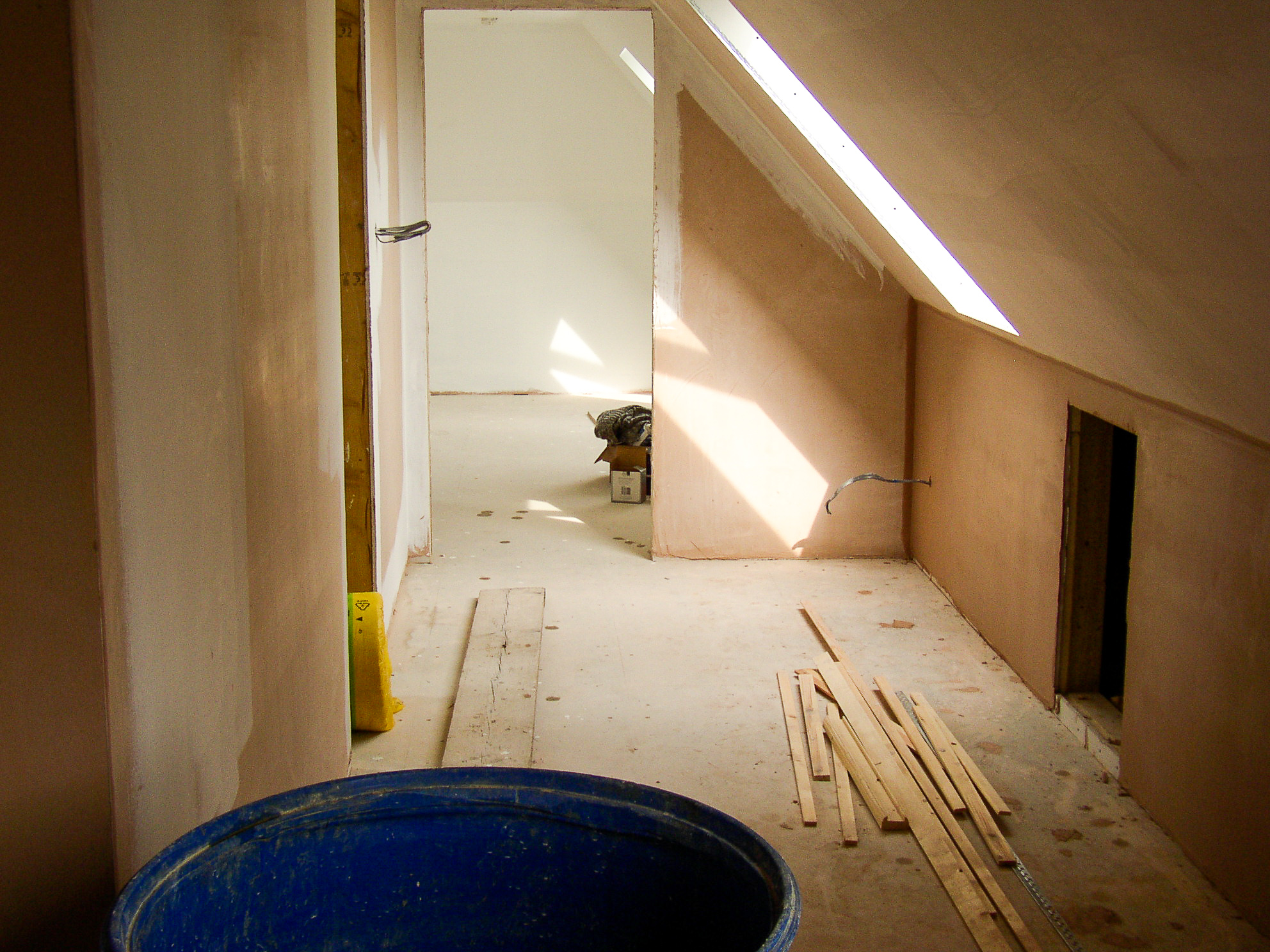Is a loft conversion the best way to increase space for the least amount of money?
Is a loft conversion the best way to increase space for the least amount of money?
If you need more living space, what’s cheaper? Moving house or extending into the attic?
According to a recent survey by Money Supermarket, nearly twice as many Brits believe extending their property is a better financial decision than moving. 42 per cent said that they would extend, while only 20 per cent said moving was a better financial choice. And 34 per cent said they weren’t sure.
Often, the decision to extend or move can be a real conundrum and you can only really decide on the best course of action when you have weighed up all the factors involved.

Extending means you get to stay in an area you know, with neighbours that you hopefully like, the same schools and the knowledge of the best shortcut commute to work. If you like the area you live in, but can’t afford to buy a bigger house there, then transforming dead attic space into additional bedrooms or living space can seem like a no brainer.
On average, a room-in-a-loft conversion will start around £15,000, moving up to £35-£40,000 for a dormer with a double bedroom and en-suite. If you need to raise the roof, or change the roof structure, this type of work will cost upwards of £40,000. (Figures from Homebuilding & Renovating magazine).
The benefit of a loft conversion is that you are adding value to your property by around 20 per cent, according to the HomeOwners Association. It is a long-term investment that will add an appealing aesthetic to potential buyers if or when the time does come to sell.
However, moving home however can be a better choice for younger people wanting to move up the property ladder. If your current property doesn’t have the potential to meet all your aspirations, is it still worth extending when you know you’ll want to move again in a couple of years?
One of the biggest barriers to moving home is stamp duty. If you’ve bought a home before, current 2018 Stamp Duty Land Tax (SDLT) is calculated incrementally starting from 2 per cent on properties over £125,001 to £250,000; 5 per cent from £250,001 to £925,000); 10 per cent on £925,001 to £1.5; and 12 per cent of properties more than £1.5m. On top of this, there are conveyancing fees, mortgage surveys, estate agent fees plus the actual cost of moving. Some costs are fixed, and some are negotiable, such as estate agent fees.
According to Money Supermarket, the estimated cost of moving house on an average UK property worth £226,071 is £8,885.66 (UK House price Index, January 2018). This does not include the deposit required for the new property, which is generally, 10 per cent of the agreed asking price. In this case, you would be looking at £32,000 to move and the bigger the house you are moving to, the higher this will be.
Whether you believe it is better to extend or move to pastures new, the final decision really depends on your individual circumstances and what you feel will be best for your family situation now and in the near future. But, taking time to work out the monies involved can be a real eye opener to help you make an informed choice.
